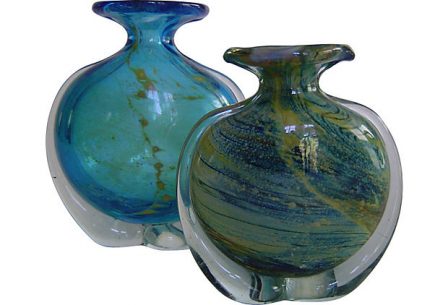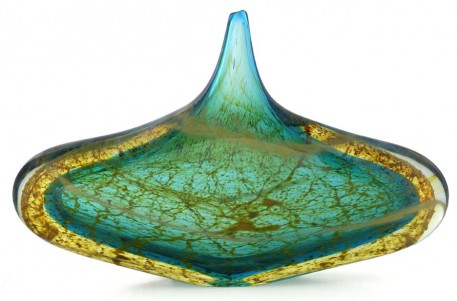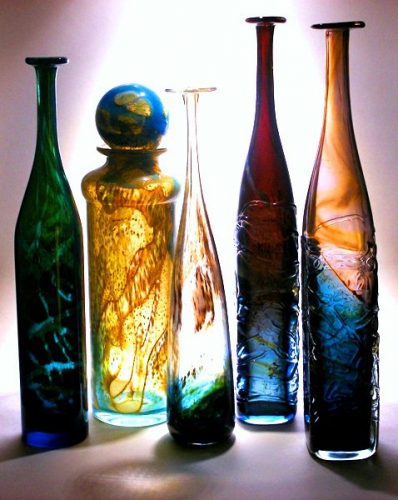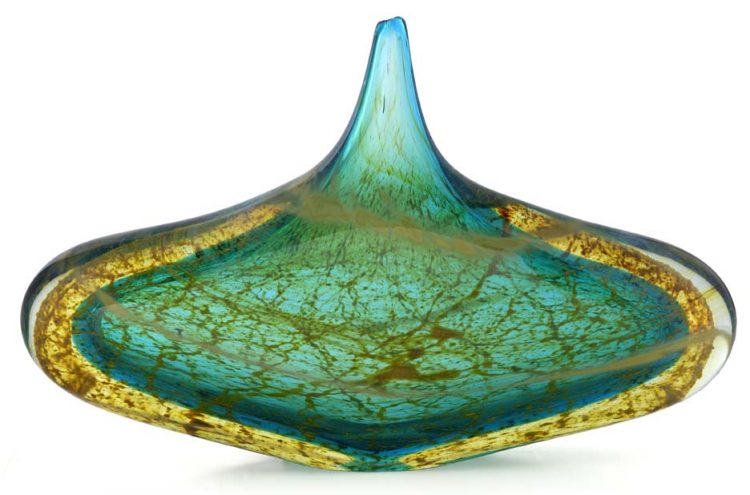 I can still vividly remember my first trip to the Mediterranean; the cerulean sea that darkened with the sky above, the umber hues of the cliffs at sunset, the bright orange and yellow fruits rolling carelessly down the street. I remember being entranced by all the colour, the warm hum of life. Being from a frigid part of Canada where winter often lasts six months, there were so many things to marvel at for the first time: the sight of so many people, the taste of fruits that were able to ripen naturally, rather than on a truck over thousands of miles, and the touch of stone that housed human souls thousands of years ago.
I can still vividly remember my first trip to the Mediterranean; the cerulean sea that darkened with the sky above, the umber hues of the cliffs at sunset, the bright orange and yellow fruits rolling carelessly down the street. I remember being entranced by all the colour, the warm hum of life. Being from a frigid part of Canada where winter often lasts six months, there were so many things to marvel at for the first time: the sight of so many people, the taste of fruits that were able to ripen naturally, rather than on a truck over thousands of miles, and the touch of stone that housed human souls thousands of years ago.
When I first saw Mdina glass, it instantly sparked those memories with its use of bold colours, mixing everything from deep blues to aqua greens to rich golden yellows in festive, liquid swirls. The fluidity of the abstract patterns and the creative forms of some of the more artistic pieces conveys an inherent appreciation for, and reminder of, the fact that glass is born of hot, sticky liquid.
 Unsurprisingly, I learned that this glass, particularly the earlier pieces, is quite prized by collectors. Founded in Malta in1968 by Michael Harris (1933-94), Mdina Glass was the rebellious dream of the former tutor in glass at the Royal College of Art, in London; having become fed up with the limitations of academia, Harris struck out on his own to break the mould. He carried with him the tutelage of glassmaker Sam Herman, who had taught him Studio glass techniques (i.e., the modern use of glass as a medium for art, not merely functionality). This mode of thought aimed to make glass the vessel for individual expression, not a mass-produced commodity.
Unsurprisingly, I learned that this glass, particularly the earlier pieces, is quite prized by collectors. Founded in Malta in1968 by Michael Harris (1933-94), Mdina Glass was the rebellious dream of the former tutor in glass at the Royal College of Art, in London; having become fed up with the limitations of academia, Harris struck out on his own to break the mould. He carried with him the tutelage of glassmaker Sam Herman, who had taught him Studio glass techniques (i.e., the modern use of glass as a medium for art, not merely functionality). This mode of thought aimed to make glass the vessel for individual expression, not a mass-produced commodity.
If ever there was a man going out on a limb, it was Harris—moving to a new country, practising very new techniques, with no idea of the outcome—but in being true to his vision, Harris found almost immediate success. Soon, his business was employing over fifteen individuals and sending pieces around the globe, earning a place in displays alongside heavyweights like Rene Lalique. Along with standbys like vases and bowls, sculpture pieces such as the “Fish” caught a great deal of attention. Today, the Fish can fetch over £1,500 ($3,000), and the “Crizzle Stone” (derived from the Fish), can fetch up to £2,000 ($4,000).
 Mdina Glass moved to the Isle of Wight owing to political strife, where his Isle of Wight Glass studio continued to enjoy great success. After Harris passed away in 1994, his widow Elizabeth and eldest son Timothy took over the studio, and Timothy has carried on his father’s legacy with pride and integrity, creating complex and innovative designs, such as his celebrated “Graal” range.
Mdina Glass moved to the Isle of Wight owing to political strife, where his Isle of Wight Glass studio continued to enjoy great success. After Harris passed away in 1994, his widow Elizabeth and eldest son Timothy took over the studio, and Timothy has carried on his father’s legacy with pride and integrity, creating complex and innovative designs, such as his celebrated “Graal” range.
If you want to get your hands on a piece of older Mdina glass, it may be easier than you think; in fact, you may already own one. According to passionate collector Mark Hill, “A lot of Mdina glass was aimed at tourists, but it’s not easy to take home a heavy piece of glass in your suitcase, so the larger pieces tend to be rarer. Many people have got one of these items – which include paperweights, vases, bowls and perfume bottles – without realising what it is. They might have bought it on holiday or from a gift shop.”
So, if you keep your eye out at a good car boot sale, chances are you just might get your hands on a piece of Mediterranean treasure.
Guest article by JL Field.

